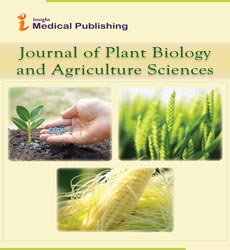Findings of the Mendel's first generalization
An eminent Scientist Gregor Johann Mendel was born on July 20, 1822, in the Silesia, Austria (now in the Czech Republic) and gained posthumous recognition as the “Founder of the modern Science of Genetics (Father of Genetics)”. He did work on several plants and insects but made him famous due to the work on peas (Pisum sativum and other related species) and deduced two notable generalizations related to heredity or inheritance later called as Mendel’s Laws of Inheritance or Heredity or Mendelism. His research continued over as many as 8 years on pea species from 1856 to 1863, presented experimental findings in Natural History Society of Brunn in the year 1865 and published as “Versuche über Plflanzenhybriden” (Experiments in Plant Hybridization) in the year 1866 in the German Language. 34 years after, in 1900, three European botanists independently [Hugo de Vries (Netherlands), Carl Correns (Germany) and Erich Von Tshermack (Austria)] rediscovered Mendel's findings, which had remained unnoticed by the scientific community. William Bateson was the first who translated Mendel’s paper into the English language in the year 1901. In this mini-review article, we summarized the findings or conclusions of Mendel’s first generalization, which is based on monogenic traits. For making this article, information was collected from the Electronic Scholarly Publishing Project that is available on the internet using the following website (http://www.esp.org/foundations/genetics/classical/ gm-65.pdf).
Open Access Journals
- Aquaculture & Veterinary Science
- Chemistry & Chemical Sciences
- Clinical Sciences
- Engineering
- General Science
- Genetics & Molecular Biology
- Health Care & Nursing
- Immunology & Microbiology
- Materials Science
- Mathematics & Physics
- Medical Sciences
- Neurology & Psychiatry
- Oncology & Cancer Science
- Pharmaceutical Sciences
